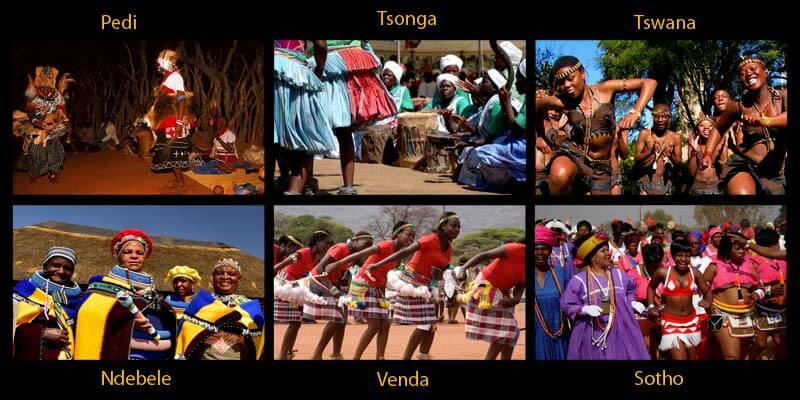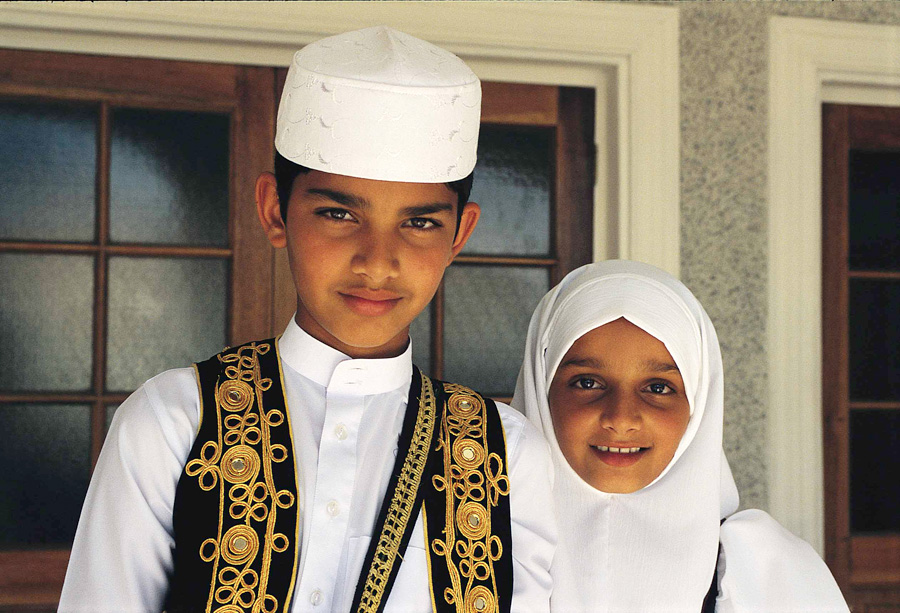What Does South African Culture Today Mean?
What Does South African Culture Today Mean?
Blog Article
How South African Culture Today can Save You Time, Stress, and Money.
Table of ContentsThe 8-Second Trick For South African Culture TodayThe Single Strategy To Use For South African Culture TodayThe Main Principles Of South African Culture Today Little Known Questions About South African Culture Today.Getting My South African Culture Today To WorkHow South African Culture Today can Save You Time, Stress, and Money.
This adheres to with vocal singing and drum whipping. The bride and bridegroom then fulfill with the elders and chat concerning the value of their union. An issue of value in Zambian towns is the passing away of liked ones. All participants of the village placed cash, time and initiative with each other for the burial of the deceased.Songs and dancing is a really vital aspect of the Zambian society. The numerous tribal systems have their own dancing kinds; nevertheless, makishi is usual among all people.
South African Culture Today Things To Know Before You Get This
When it concerns music, drums are made use of the most, with a range of drumming ceremonies. In Zambia, bulk of the people are Christian; Protestant and Roman Catholic. There are small teams of Muslims and Hindus, with the remainder following regional native tribal ideas.

South African heritage and society is immensely varied, and contains several groups of people that each have their very own traditions and beliefs. Having such a variety of individuals and cultures is what makes South Africa so one-of-a-kind. In real feeling of the phrase, we are a rainbow country.
South Africa has about three hundred thousand Portuguese individuals residing in it. Making it the 7th on the list of nations with the most Portuguese individuals in it beyond Portugal. Portuguese is not only a society, however it is also a language and a race. Portuguese people stem from the nation of Portugal in Europe, nevertheless, due to Portugal (like many other countries in Europe) checking out the world and overcoming other countries throughout the 15th 20th centuries, South Africa has what we call Portuguese South African's living in it.
All about South African Culture Today
Amongst the popular attributes of the topography is a plateau that covers nearly 2 thirds of the facility of the nation. The plateau complex increases toward the southeast, where it culminates in the Drakensberg array, part of an escarpment that divides the plateau from the seaside locations. The Drakensburg includes Champagne Castle, the greatest top in the nation.
The area north of the Witwatersrand, called the bushveld, inclines downward from eastern to west toward the Limpopo River, which forms the worldwide boundary. The western area of the plateau, the middleveld, additionally descends towards the west and differs in elevation in between the highveld and bushveld. In between the Drakensburg and the eastern and southerly shoreline, the land comes down to the sea.
Nearer the coast there is a low-lying plain called the eastern lowveld. Southwest of the plateau the country becomes gradually a lot more dry, providing method to the hostile desert of the Great Karroo, verged on the east by the reduced, better sprinkled plateau of the Little Karroo. Dividing the completely dry southern inside from the sandy coastal of the southerly coast and West Cape is an additional variety, the Langeberg.
4 Easy Facts About South African Culture Today Described
The nation's racially, ethnically, and politically separated background has generated national and subnational signs that still function as icons of the country, and others icons that are accepted just by particular teams. The monuments to white inhabitant conquest and political supremacy, such as the Afrikaner Voortrekker ("leader") Monolith in Pretoria and the Rhodes Monolith honoring the British colonial realm contractor and Cape prime minister Cecil Rhodes, stay sectarian signs.
The first modern-day occupants were the San ("bushman") hunter-gatherers and the Khoi ("Hottentot") peoples, that herded animals (South African culture today). The San might have been present for countless years and left evidence of their existence in thousands of old cave paintings ("rock art"). Bantu-speaking clans that were the ancestors of the Nguni (today's amaZulu, amaXhosa, amaSwazi, and vaTsonga peoples) and Tswana-Sotho language groups (today's Batswana and Southern and Northern Basotho) migrated below east Africa as early as the fifteenth century

The two previous republics of the Orange Free State and Transvaal (South African Republic) were developed by Afrikaner settlers that defeated and dispossessed the Basotho and Batswana. Lesotho would have been forcibly integrated into the Orange Free State without the extension of British security in 1869. The utmost marriage of the nation resulted from the South African Battle (18991902) in between the British and the two Afrikaner republics, which decreased the nation to spoil at the start of the twentieth century.
Afrikaners traditionally considered themselves the just true South Africans and, while giving complete citizenship to all homeowners of European descent, denied that standing to individuals of color link till the autonomous transition of 1994. British South Africans preserve a feeling of social and social connection to Great Britain without deteriorating their identification as South Africans.
The Only Guide to South African Culture Today
The diversity and fragmentation within ethnic groupings and the equilibrium of tensions in between those groups during the twentieth century prevented interethnic civil conflict. While intergroup stress over sources, entitlements, and political supremacy continue to be, those conflicts are as most likely to pit Zulu against Zulu as Zulu against Xhosa or African against Afrikaner.
From colonial India, British vendors and administrators brought the bent metal decorative roofing systems and slim shoelace work pillars that still typify the terraces of cottages arounds and cities throughout the nation. Residences of prayer contribute an essential building facet even in discover here the smallest communities. In addition to the skyrocketing steeples and traditional stonework of Afrikaans Dutch Reformed churches, Anglican churches, synagogues, mosques, and Hindu shrines provide range to the religious building scene.

Butchering and the developing of traditional grain beer are necessary in protecting the participation and a good reputation of the ancestors that are considered the guardians of good luck, success, and wellness. Indian neighborhoods keep their next native cooking customs and use them on Islamic and Hindu ritual and ceremonial celebrations. Afrikaners and Coloured individuals gather at weekends and unique celebrations at multifamily barbeques called braais, where neighborhood bonds are reinforced.
Since this was the main economic venture of both black Africans and white colonists, conflict between those groups focused on the property of grazing land and animals. In 1867, the largest diamond deposits worldwide were uncovered at Kimberley in the west main area. The wealth from those areas aided finance the exploitation of the best gold reef worldwide, which was discovered on the Witwatersrand in 1886.
3 Simple Techniques For South African Culture Today
This caused misunderstandings and purposeful misstatement in the dealings of white settlers and government authorities with African principals throughout the early american period (South African culture today). In the facility of African reserves, some facets of common and primarily "tribal trust" land tenure were maintained, and even in white country locations, kinds of common period were still practiced in areas with African areas
After the autonomous transformation of 1994, programs for land restitution, redistribution, and reform were instituted, however progression has been sluggish. The white minority still manages eighty percent of the land. Following agricultural land intrusions in Zimbabwe, the Department of Land Affairs has promised to speed up land redistribution.
Report this page